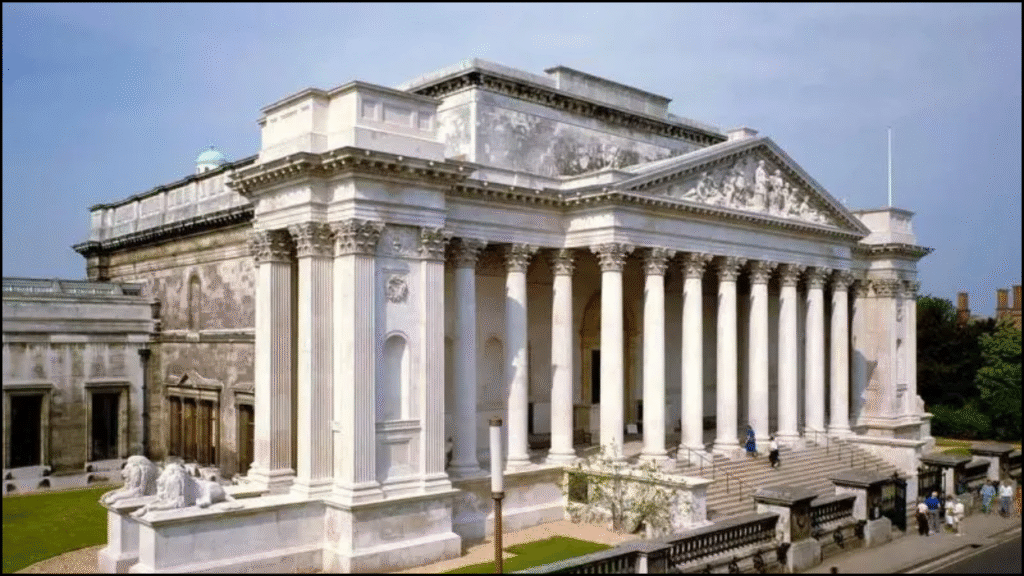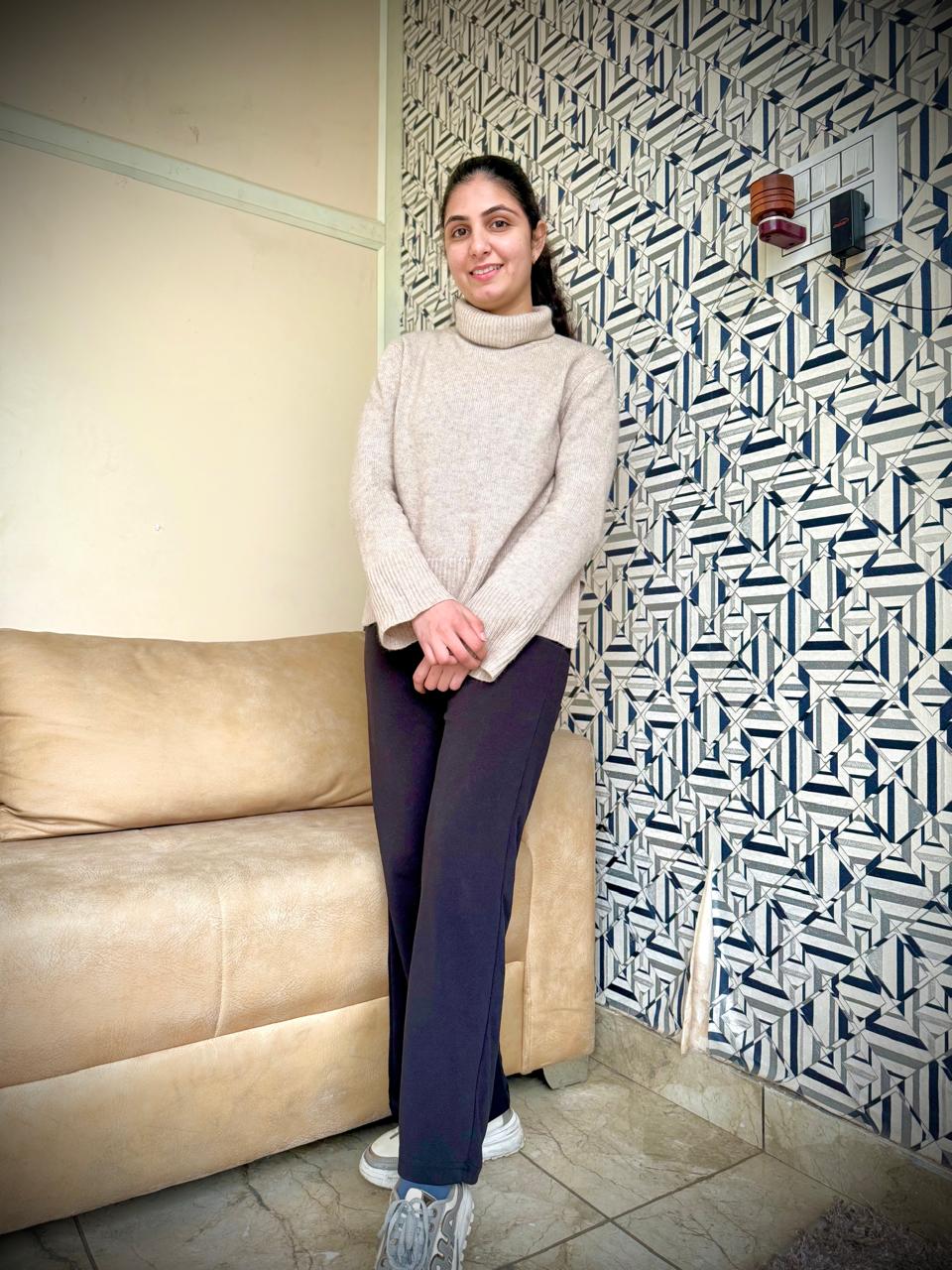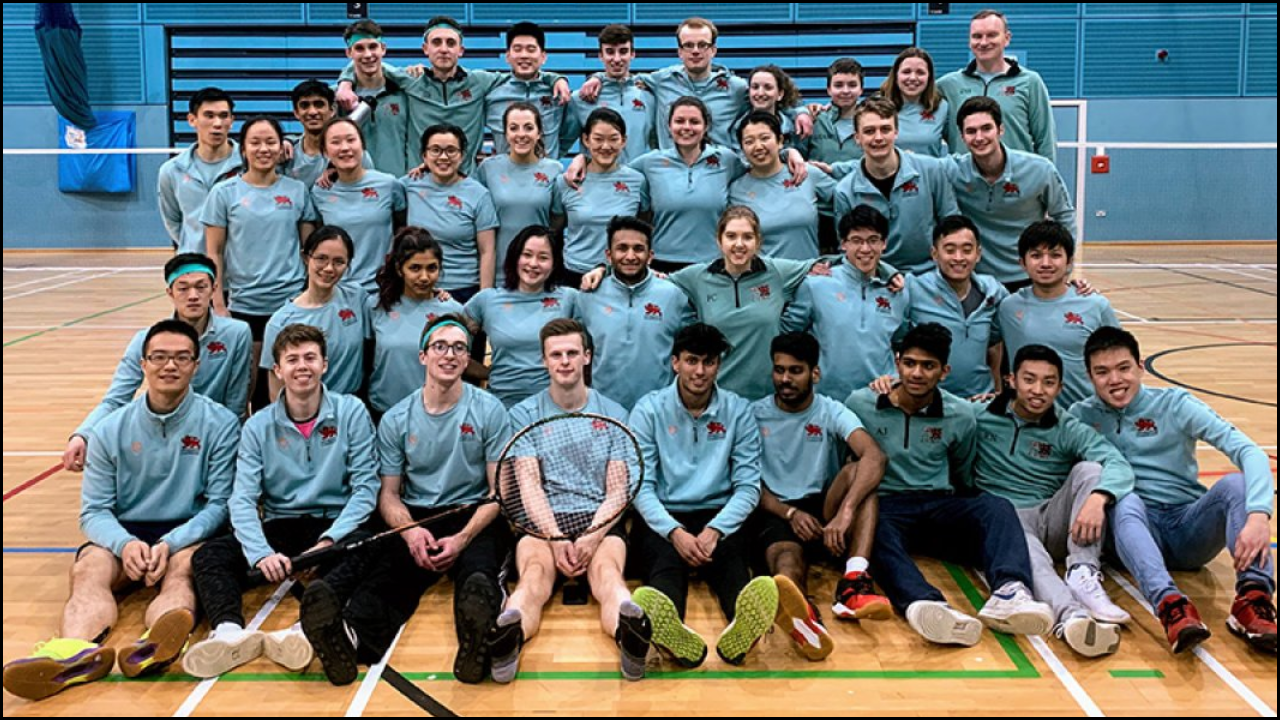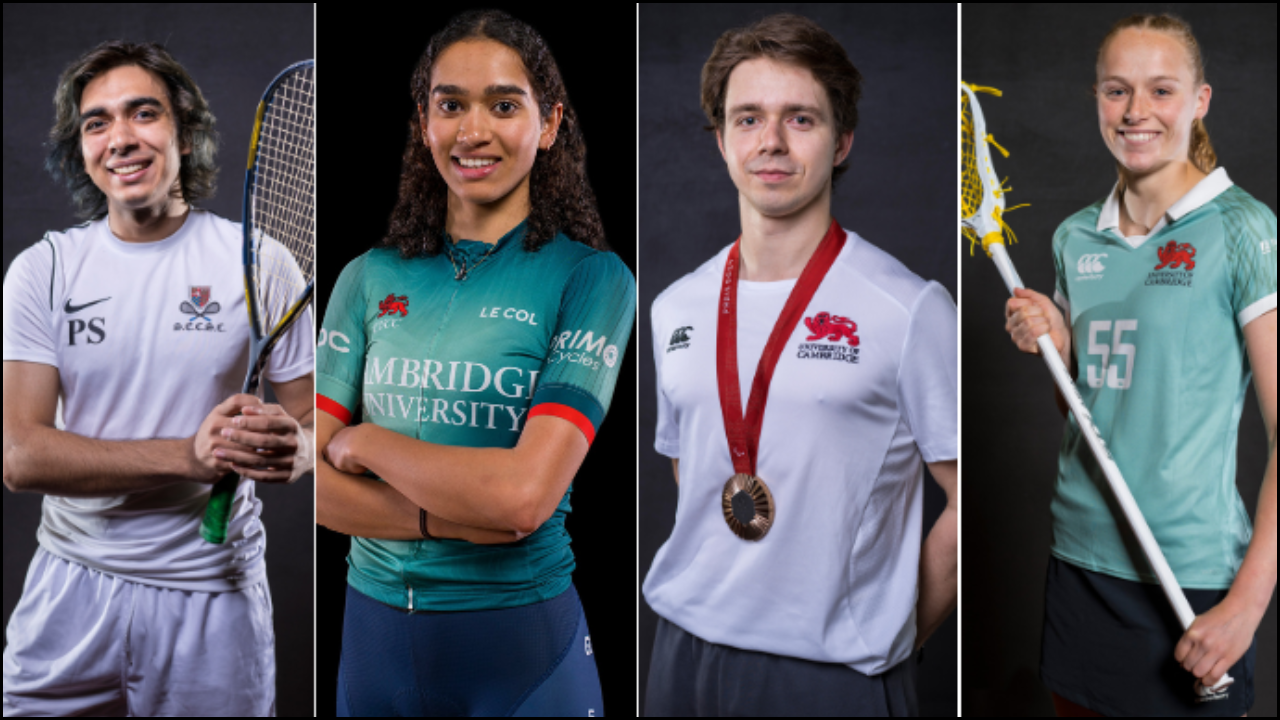
Art and museums at Cambridge University represent a rich cultural and educational legacy. The university combines centuries-old traditions with contemporary creativity, offering students, researchers, and visitors access to world-class collections. Cambridge’s museums and art galleries not only preserve historical artifacts but also promote interdisciplinary learning, research, and public engagement. These institutions play a vital role in the university’s academic and cultural environment.
Table of Contents
Overview of Cambridge University Museums
Cambridge is home to numerous museums, each specializing in different areas of art, science, and history.
| Museum | Focus Area |
|---|---|
| Fitzwilliam Museum | Fine and decorative arts, including European paintings, manuscripts, coins, and antiquities. |
| Museum of Archaeology and Anthropology | Artifacts and cultural materials from around the world, emphasizing human history and ethnography. |
| Sedgwick Museum of Earth Sciences | Geological specimens, fossils, and paleontological collections. |
| Whipple Museum of the History of Science | Scientific instruments, historical models, and educational displays on the evolution of science. |
| Kettle’s Yard | Modern and contemporary art, including paintings, sculptures, and installations. |
Fitzwilliam Museum
- Collections:
- European and Asian art, including paintings, sculptures, ceramics, and textiles.
- Rare manuscripts and coins representing global history.
- Educational Role:
- Supports teaching in art history, archaeology, and cultural studies.
- Provides resources for student research and curatorial training.
- Public Engagement:
- Hosts exhibitions, lectures, and guided tours for scholars and the general public.
Kettle’s Yard
- Focus:
- Contemporary art and installations integrated with historic architecture.
- Encourages exploration of the visual arts in a modern context.
- Learning Opportunities:
- Offers workshops, seminars, and artist residencies.
- Supports creative development for students and emerging artists.
- Cultural Impact:
- Engages the local community and international visitors in art appreciation.
Museum of Archaeology and Anthropology
- Collections:
- Artifacts representing human societies, cultures, and traditions worldwide.
- Includes tools, textiles, ceremonial objects, and art from indigenous communities.
- Research Opportunities:
- Supports anthropological and archaeological fieldwork.
- Provides access to digital archives for interdisciplinary research.
- Educational Programs:
- Workshops, lectures, and collaborative projects with schools and universities.
Whipple Museum of the History of Science
- Collections:
- Historical scientific instruments, models, and teaching aids.
- Demonstrates the evolution of scientific knowledge and technology.
- Research Applications:
- Supports studies in the history of science, engineering, and physics.
- Encourages integration of historical understanding with modern scientific research.
- Public Engagement:
- Interactive exhibits, lectures, and guided tours enhance visitor learning.
Sedgwick Museum of Earth Sciences
- Collections:
- Fossils, minerals, and geological specimens from around the world.
- Highlights the history of the Earth and the evolution of life.
- Educational Role:
- Supports geology, paleontology, and environmental science research.
- Offers workshops, field study programs, and student research placements.
- Public Exhibitions:
- Interactive displays, fossil demonstrations, and outreach programs for schools.
Role of Art and Museums in Academic Research
Cambridge museums are integral to research and academic programs:
- Interdisciplinary Studies:
- Art collections support history, anthropology, archaeology, and literature courses.
- Scientific collections assist research in geology, biology, and the history of science.
- Student Engagement:
- Internships, curatorial training, and collaborative projects with museum staff.
- Opportunities for independent research, exhibitions, and creative projects.
- Collaborative Research:
- Partnerships with international museums and universities.
- Research projects on cultural preservation, restoration, and digitization of collections.
Public Engagement and Cultural Impact
Cambridge museums promote cultural education beyond the university:
- Exhibitions:
- Regular thematic and traveling exhibitions attract international audiences.
- Highlights both historical artifacts and contemporary artistic expressions.
- Educational Outreach:
- School programs, workshops, and lectures for students of all ages.
- Community projects that encourage public participation in art and science.
- Digital Access:
- Online galleries and virtual tours broaden access to collections globally.
- Supports remote learning and international research collaboration.
Interdisciplinary Opportunities through Art and Museums
Cambridge encourages the integration of arts and sciences through its museums:
| Discipline | Museum Integration |
|---|---|
| History | Use of manuscripts, artifacts, and archaeological collections for research and coursework. |
| Science | Study of geological specimens, fossils, and historical scientific instruments. |
| Anthropology | Engagement with cultural artifacts and ethnographic studies. |
| Fine Arts | Artistic practice, exhibitions, and curatorial experience through Kettle’s Yard and Fitzwilliam collections. |
| Digital Humanities | Application of technology in documenting, analyzing, and presenting museum collections. |
Future Directions of Art and Museum Research
Cambridge continues to expand its museums’ educational and research potential:
- Digitization Projects:
- Comprehensive digital archives of collections for global accessibility.
- Integration with online learning platforms for students worldwide.
- Interdisciplinary Research Centers:
- Collaboration between art historians, scientists, and technologists.
- Projects addressing cultural preservation, environmental history, and scientific visualization.
- Community Engagement:
- Expanded public programs, workshops, and interactive exhibitions.
- Partnership with schools, universities, and cultural institutions worldwide.
The Bottom Line
Art and museums at Cambridge University play a crucial role in preserving cultural heritage, supporting academic research, and fostering creative innovation. These institutions bridge the gap between traditional scholarship and modern interdisciplinary exploration, providing students, researchers, and the public with unique learning experiences. By integrating art, history, science, and technology, Cambridge continues to influence education, research, and cultural engagement on a global scale.





